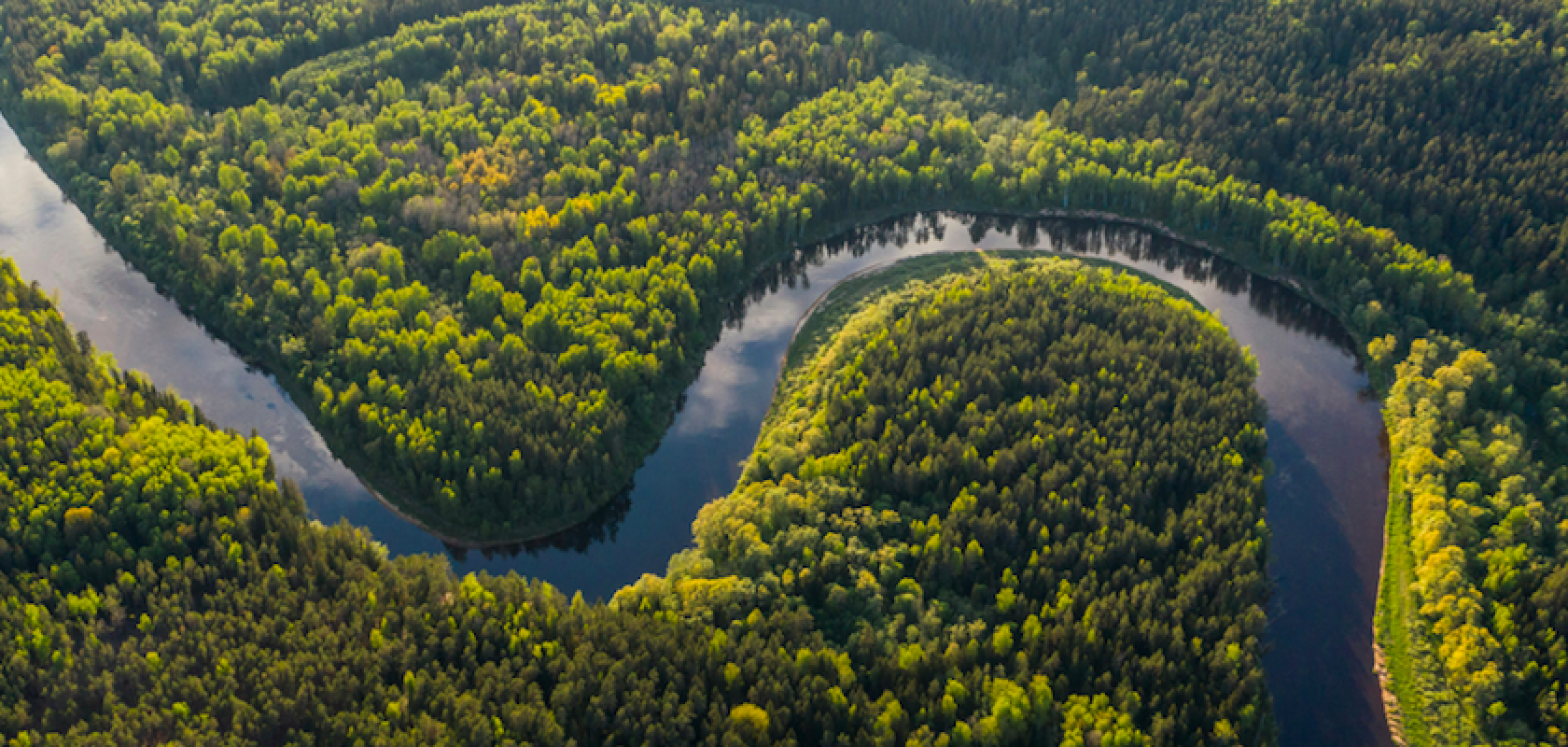A team of researchers have shed light on the alarming rates of carbon loss in the Amazon rainforest by using photonic technologies to monitor and analyse carbon dynamics.
As outlined in the PNAS article, ‘Laser-focused on rainforest carbon loss’, the researchers, including scientists from Oak Ridge National Laboratory (ORNL), utilised laser-based monitoring to highlight the impact of both human activities and natural disturbances on the Amazon rainforest – often referred to as the ‘lungs of the Earth’.
Environmental monitoring with drones and lidar
Led by NASA’s Jet Propulsion Laboratory, the researchers used drones equipped with light detection and ranging sensors, or lidar, to measure tree biomass and carbon emissions in Brazilian forests.
The lidar technology allowed the team to use laser pulses to create detailed 3D maps of forest structure, quantifying the extent of deforestation and its impact on carbon storage.
“Repeated airborne lidar (light detecting and ranging) can accurately detect changes in forest structure between different acquisitions and has been used to estimate carbon dynamics due to forest degradation, however, its application has been limited to isolated case studies,” the paper notes.
Yet it proved an effective approach for the ORNL team to estimate changes of forest aboveground carbon stocks, such as biomass and trees. Together, they directly measured changes in canopy heights using samples of 99 repeated airborne lidar scanning transects between 2016 and 2017 to 2018.
By analysing the data collected through lidar, the researchers accurately estimated the amount of carbon lost due to tree removal and degradation. However, careful collaboration was key to the efforts.
KC Cushman, an Oak Ridge National Laboratory scientist who focused on studying at-risk ecosystems with remote sensing, said: “It’s important to calibrate models to local conditions to achieve the best estimates. Tree shape varies a lot from one setting to another even if it’s the same species.”
Anthropogenic impact and natural disturbances
The study highlighting the effects of activities, such as logging and agriculture, and natural disturbances, including wildfires and extreme weather events, found that of the 90.5 million metric tons per year of carbon lost, about 60 million metric tons came from degradation. The researchers also found that approximately 24 million metric tons were tied to clear-cutting.
The research paper notes that the cumulative impact of disturbances has resulted in a significant net carbon loss. It states: “The Brazilian Amazon has experienced severe deforestation and degradation, leading to the region becoming a carbon source rather than a sink.”
In particular, the Amazon Arc of Deforestation, a region spanning several countries, was identified as a hotspot for carbon emissions.
More positively, the data from lidar scanning suggested that indigenous territories and conservation units were effective in protecting the forest against anthropogenic degradation. While combined, they occupied 47.5% of the area in our-defined Arc of Deforestation, they only contained 9.1% of clearing, 2.6% of logging, and 9.6% of fires.
Already, researchers are deploying similar capabilities to study carbon dynamics in forests in the U.S. southeast and in the tropics. Cushman said: “To understand carbon and forests, you really have to think about individual trees – how tall they are, how big the trunks are, how they angle their leaves – but you also have to think about communities of trees – how different species compete with each other, how they’re influenced by storms and soils and how they’re affected by longer-term climate trends.”
She continued: “I can use remote-sensing tools to look at both individual trees and larger-scale patterns over time and get a picture of how ecosystems are functioning and changing,” she said.
By utilising ground, air and space platforms to study trees and forests, researchers are clearly finding ways to effectively harness imaging technology to monitor and predict the effects of disturbances on natural systems.
Lead image: Ivars Utināns/Unsplash


